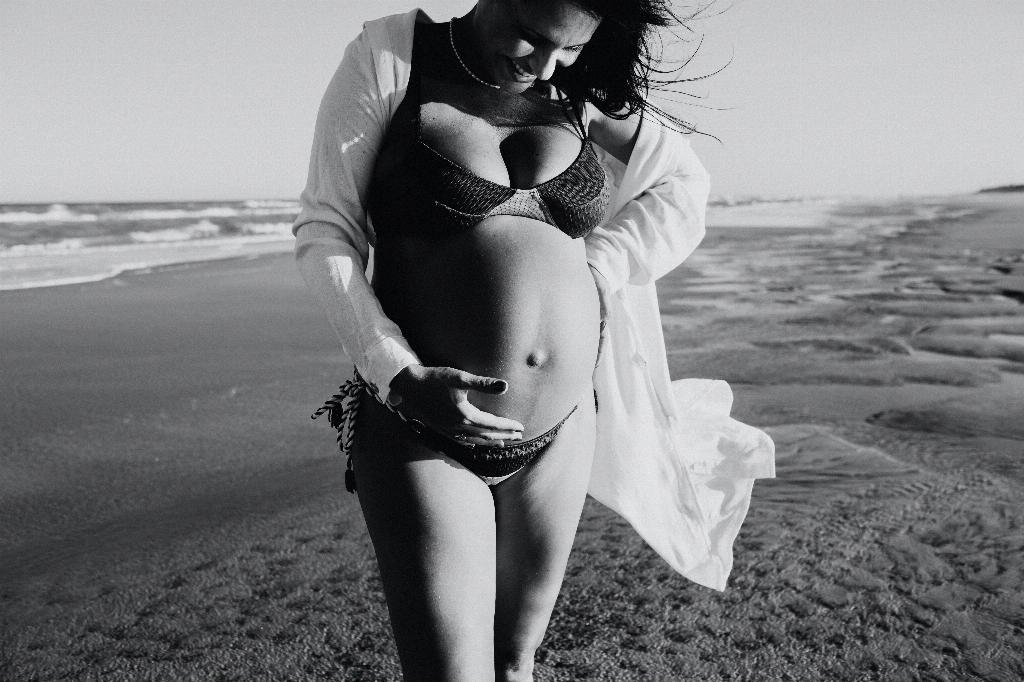When it comes to pregnancy tests, the term “BFP” may come up in discussions or forums. BFP stands for “Big Fat Positive.” It is used to describe the result of a pregnancy test that indicates a positive outcome. This can vary depending on the brand of test you use, but typically involves seeing two parallel lines or a plus sign on the test.
For many individuals trying to conceive, getting a BFP on a pregnancy test can be an incredibly exciting and emotional moment. It signifies the confirmation of a pregnancy and the beginning of a new chapter in their lives. The anticipation leading up to taking the test and the joy of seeing a positive result can be overwhelming.
On the other hand, the term “BFN” is used to represent a “Big Fat Negative” result on a pregnancy test. This indicates that the test did not detect the presence of pregnancy hormones. While receiving a BFN can be disappointing for those hoping to be pregnant, it’s essential to remember that false negatives can occur, especially if the test is taken too early.
Many individuals may experience a mix of emotions when awaiting the results of a pregnancy test. The term BFP can become a significant part of their vocabulary during this time. It symbolizes hope, excitement, and the potential for a new life to enter the world.
Some couples may choose to document their journey to parenthood by sharing their BFP moment with loved ones or through social media. It can serve as a special memory and a way to involve others in their happiness. Pregnancy announcements often revolve around the excitement of receiving a BFP.
It’s important to note that the accuracy of a pregnancy test result can be influenced by various factors, such as the timing of the test, the sensitivity of the test, and how it is conducted. Understanding the instructions provided with the test and following them carefully can help ensure reliable results.
For individuals who have been trying to conceive, the journey to a BFP can be filled with ups and downs. The emotional rollercoaster of waiting, hoping, and potentially facing disappointment can take a toll on mental health. Seeking support from loved ones or medical professionals can be beneficial during this time.
While receiving a BFP can be a cause for celebration, it also marks the beginning of a new chapter that comes with its own set of challenges and uncertainties. From prenatal care to preparing for the arrival of a baby, there are many considerations to take into account upon receiving a positive pregnancy test result.
Individuals may have different reactions to seeing a BFP on a pregnancy test. Some may feel elated and ready to embrace the changes ahead, while others may feel anxious or overwhelmed by the responsibilities that come with parenthood. It’s essential to acknowledge and address these emotions to ensure a healthy transition.
For those who have been struggling with fertility issues, receiving a BFP can bring a sense of relief and accomplishment. It can validate their efforts and perseverance in trying to conceive. The road to a positive pregnancy test result may have been long and challenging, making the outcome even more meaningful.
Ultimately, the term BFP holds different meanings for each individual who encounters it. Whether it represents hope, joy, relief, or a mix of emotions, the significance of a positive pregnancy test result is undeniable. It marks the beginning of a transformative journey towards parenthood and a new life.
In conclusion, BFP stands for “Big Fat Positive” in the context of pregnancy testing. It signifies a positive result on a home pregnancy test and can evoke a range of emotions for individuals hoping to conceive. Understanding the implications of a BFP and seeking support throughout the pregnancy journey are crucial aspects of navigating this transformative experience.

